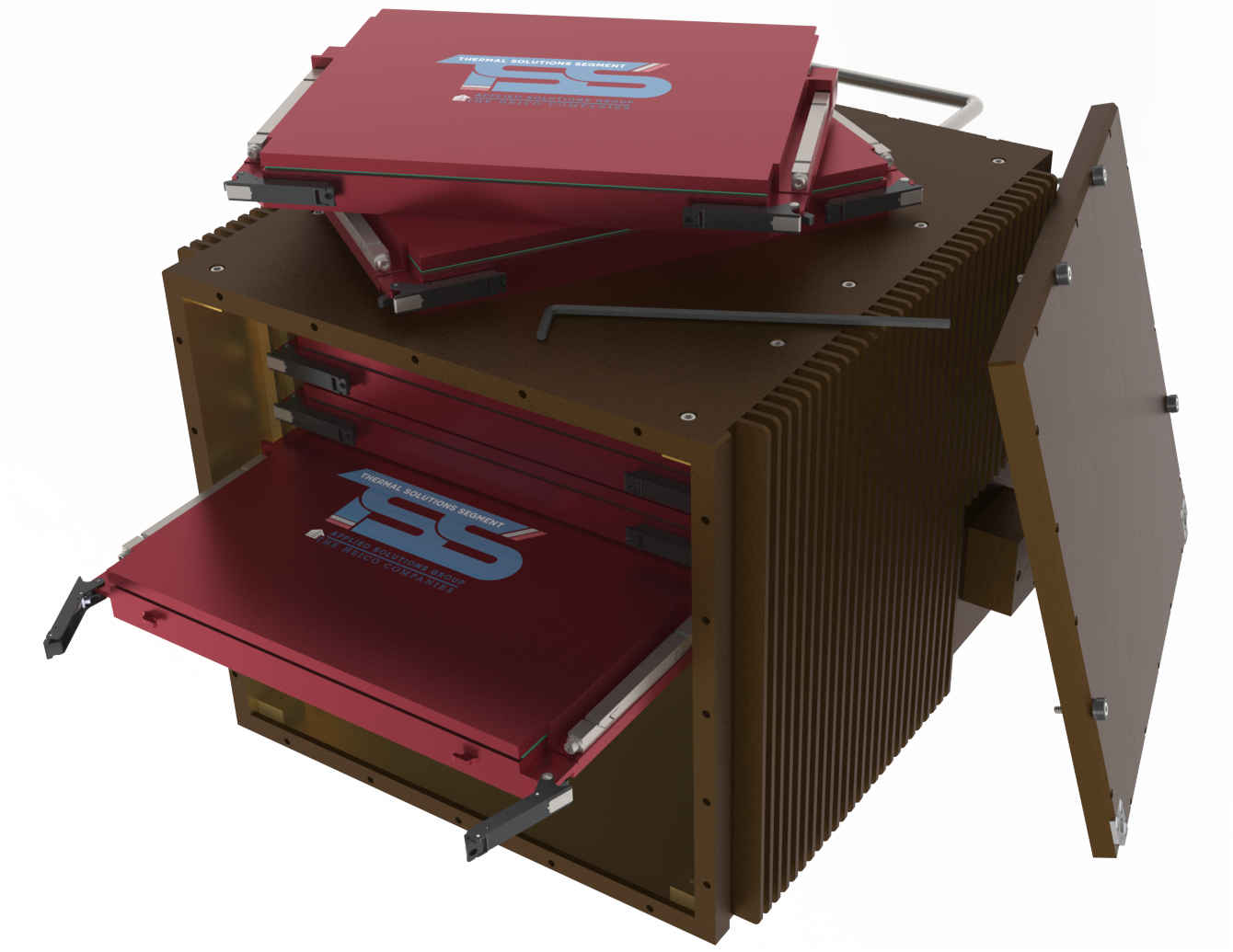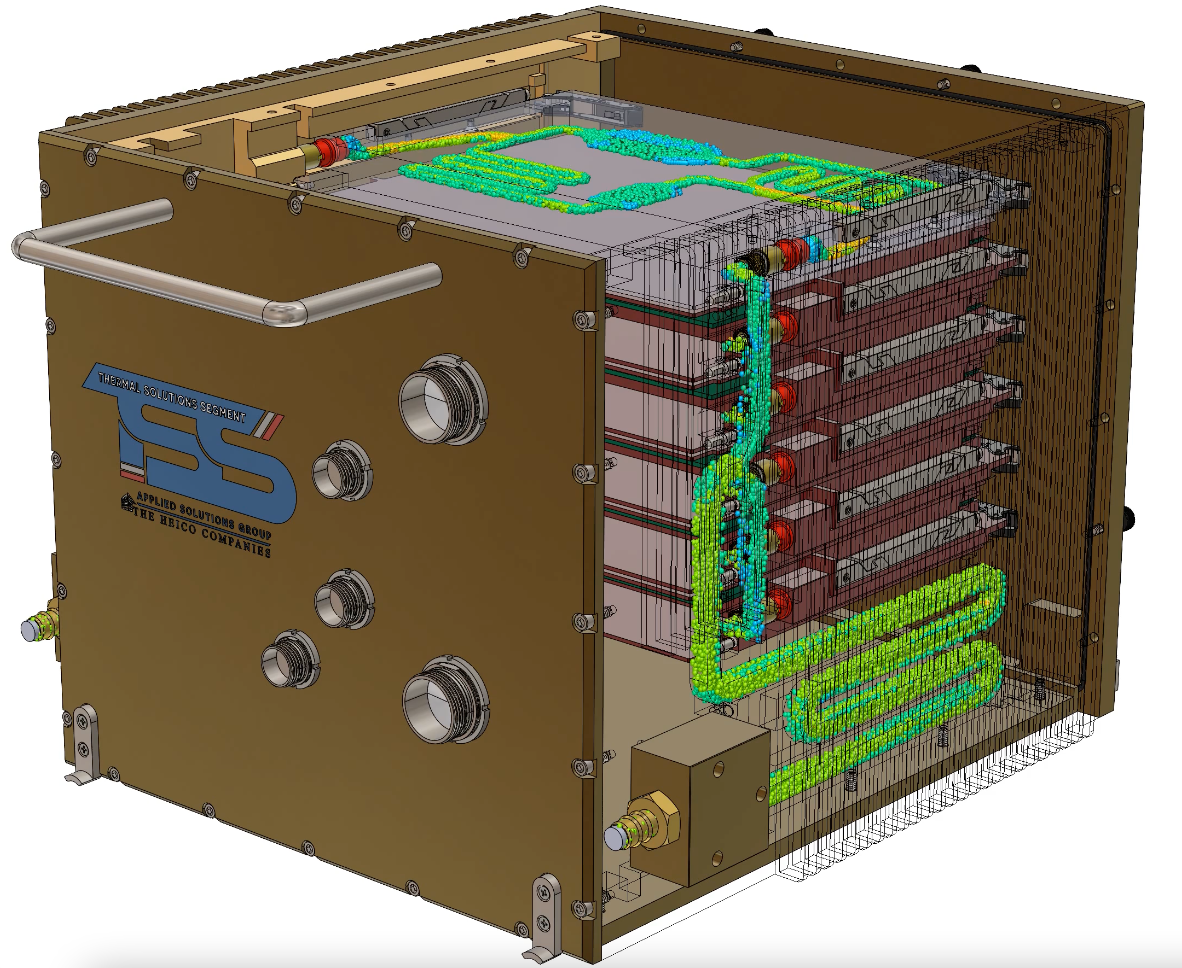Chassis
C/A Design Chassis
With C/A Design’s chassis, you can overcome the toughest challenges of thermal management for a wide array of devices with ease. Designed with cutting-edge technology, our chassis is your trusted partner in optimizing both structural and thermal performances for your devices.
As you push the limits of your electronic devices, the performance can often get compromised due to overheating issues. This is where our chassis steps in. It seamlessly integrates with the rest of your components, providing them with effective thermal management. This not only prevents overheating but also minimizes the overall thermal consumption of your device to improve its lifespan and efficiency.
The Role of the Chassis in Mil/Embedded Computing
Now, let's turn our attention to the most intricate component of your Mil/Embedded computing infrastructure - the chassis. Being the pinnacle of the system, the chassis holds an immense responsibility. Our chassis is explicitly designed to shoulder this responsibility with perfection. It safeguards the heat frames, both structurally and thermally, providing a comprehensive solution for your thermal management issues.
More than just a protective layer, the chassis acts as a thermal bridge, transferring the heat from the heat frames to the external environment efficiently. This process ensures a consistent thermal equilibrium, thereby neutralizing the potential damages caused by high temperature and enhancing the overall performance of your device.
Standards and Capabilities
The chassis can range in structural requirements from very basic to very complex, where they are designed to meet:
 MIL-STD-810 – Shock/vibration, Environmental
MIL-STD-810 – Shock/vibration, Environmental MIL-STD-901D– Shock/vibration
MIL-STD-901D– Shock/vibration MIL-STD-461 – EMC
MIL-STD-461 – EMC ARINC 404 and 600 – Standard ATR sizes
ARINC 404 and 600 – Standard ATR sizes
Construction Methods
There are multiple methods of construction associated with the chassis depending on the mechanical and structural requirements. Any of the construction methods could be used to design and build a chassis to support:
 Vita 48
Vita 48- - 48.2 – Conduction Cooled
- - 48.4 – Liquid Flow-Thru Module
- - 48.7 – Air Flow-By module
- - 48.5/48.8 Air Flow-Thru Module
 VME
VME cPCI
cPCI Vita 65 – OpenVPX
Vita 65 – OpenVPX ATCA
ATCA
However, some methods may be better suited for specific design reasons.





